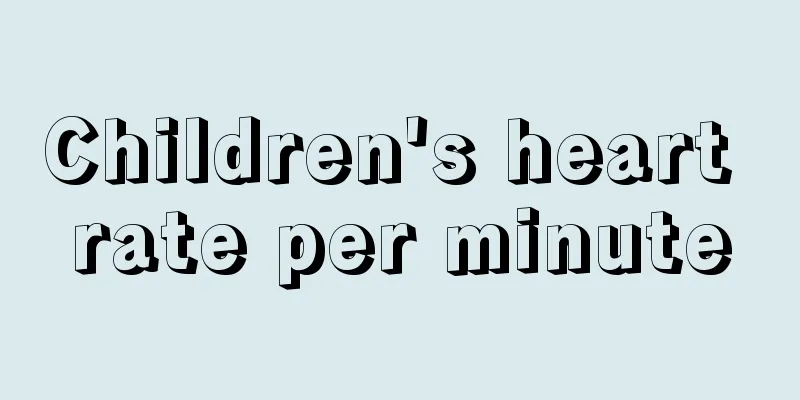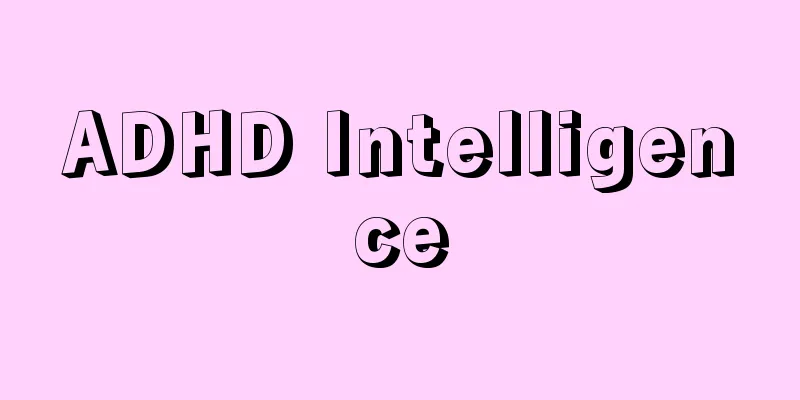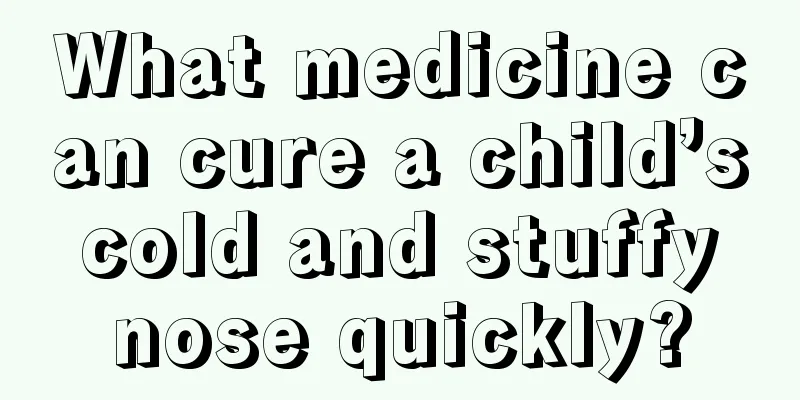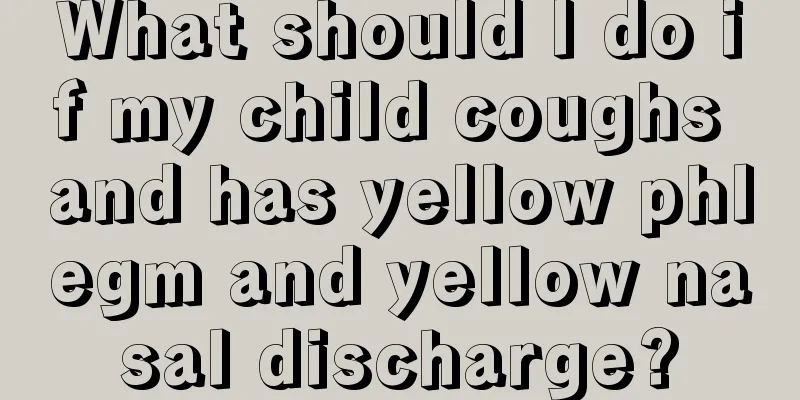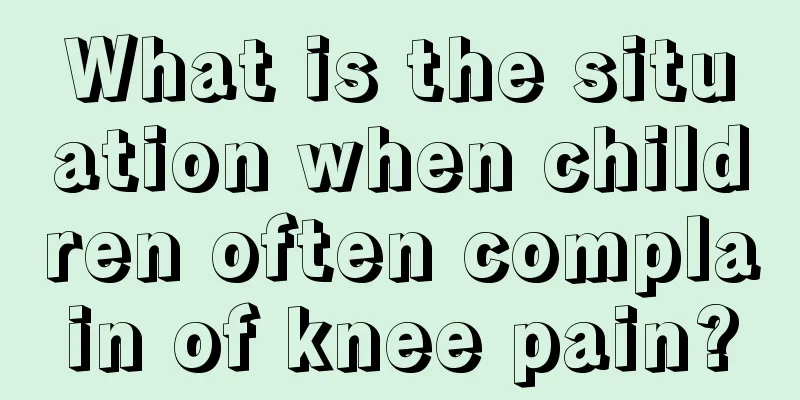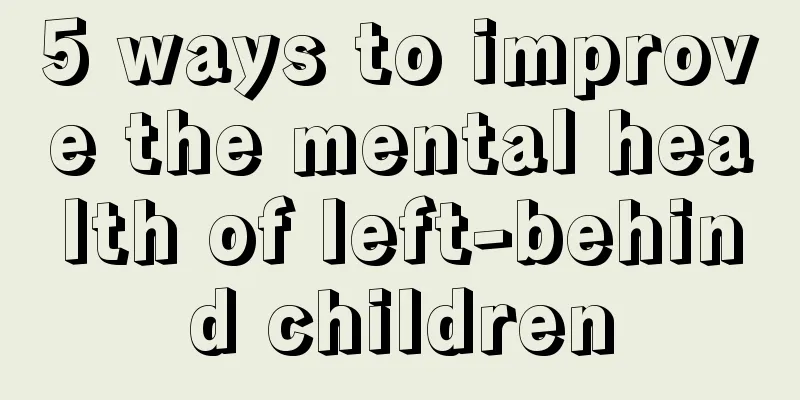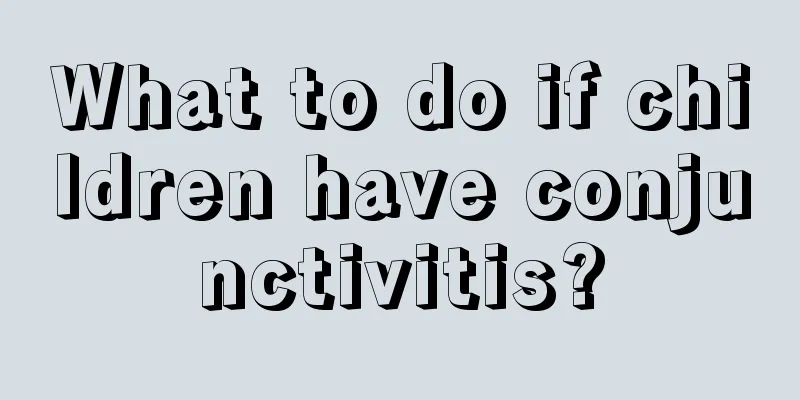What should I do if my six-year-old child has a fever of 38 degrees?
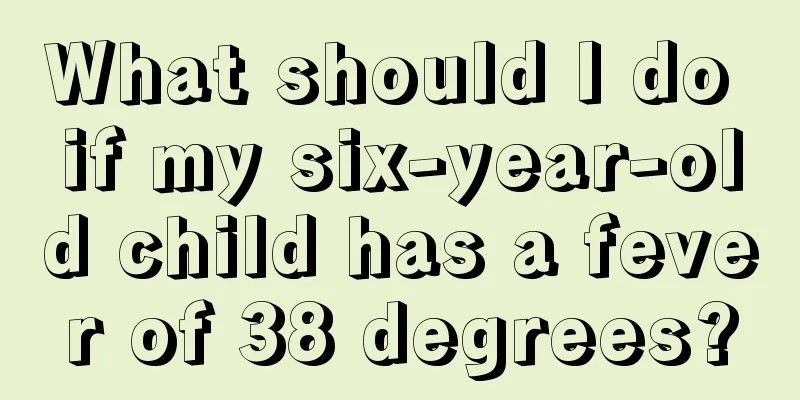
|
Children aged 6 are at the age when they are lively and active. Because they often come into contact with some people and things, they will inevitably get infected or even have a fever. When a child has a fever, many parents will be anxious and at a loss, and they want to lower their child's temperature immediately. So what should you do when a 6-year-old child has a fever of 38 degrees? What are some good ways to treat it? The baby's normal body temperature is 36~37 degrees. If it exceeds 37.7 degrees, it is a fever. When the baby has a fever, if the baby is less than six months old, he should be sent to the hospital immediately. If the baby is a little older, you can wipe his body with warm water first. Warm water can dilate the blood vessels in the skin, thereby helping to dissipate heat. Measure the baby's temperature every once in a while. If the temperature still does not drop, he should be sent to the hospital immediately. 1. First aid measures (1) You can apply a cold, wet towel to your forehead. It is better to put ice cubes in a waterproof plastic bag and wrap it in a dry towel to apply to your head and neck. You can also apply it to your armpits and groin for better results. (2) Dilute 75% alcohol with half the amount of water, then use a small towel to wet the alcohol and wipe the head, neck, armpits, chest, back and limbs. If the child's limbs are cold or the skin develops chicken skin after rubbing, you should use warm water slightly lower than the skin temperature to wipe the limbs until they turn red and warm again. (4) While doing physical cooling, you should also take antipyretics. If you have a history of high fever and cramps, you should also take sedatives. If your home is far from a hospital and transportation is inconvenient, it is best not to rush to the hospital regardless of anything if you have a high fever. You can first perform the above-mentioned emergency treatment at home. 2. Cooling method (1) Traditional physical cooling method Place the child in a quiet, cool, well-ventilated place. Use a cold towel or cold water bag to apply to the forehead, armpits, groin and other parts, or use an ice bag wrapped in cloth as a pillow on the head or place it on the above-mentioned parts. You can also use cold water (28-30℃) or alcohol (30-50%) to bathe the limbs, both sides of the torso and the back. If the child develops pale skin or cold skin during sponge bathing, stop immediately. Cold saline (30-32°C) enema can also be used, which is more suitable for those suspected of poisoning. It can reduce the temperature and facilitate the collection of stool samples for examination. (2) Drug cooling method For immature children, infants and weak children, antipyretics are generally not used to reduce fever; children aged 0 to 23 months can take Baifuning (antipyretic oral) drops for children, and children aged 2 to 12 years can take Baifuning (antipyretic) solution or chewable tablets for children, once every 4 to 6 hours. The advantage of this antipyretic is that it is absorbed quickly after oral administration and takes effect within 30 minutes. It does not have the irritation to the gastrointestinal tract like traditional antipyretic and analgesic drugs and reduces the impact on white blood cell and platelet function. (3) Acupuncture cooling method 3. Symptomatic treatment (1) When the fever is high, water loss increases and appetite decreases, so water and electrolytes should be replenished in time; (2) For patients who are irritable, have recurrent convulsions, or for whom general cooling measures are ineffective, chlorpromazine and promethazine may be used as appropriate. 4. Treatment methods targeting the cause of the disease For high fever caused by infection, effective antibiotics should be selected according to the condition. Local infection lesions should be cleared promptly. High fever caused by non-infectious diseases also requires appropriate treatment measures based on different causes. As can be seen from the above, there are many ways to treat fever. If a 6-year-old child has a fever, parents can use physical cooling methods, but it should be noted that you should not give your child antipyretics indiscriminately. If you use medication to reduce the temperature, it is best to use it under the guidance of a doctor. During the child's illness, be sure to let the child drink more water. |
<<: What medicine is good for children with lung heat and cough?
>>: How to change a child’s bad temper?
Recommend
What are the benefits of swimming for a two-month-old baby?
Many friends believe that swimming is not suitabl...
What are the nutritious breakfasts for young children?
Breakfast should be started from childhood, and i...
Children's toenails are concave
Each of us is a different individual, and everyon...
Infant development indicators at each stage
Newborn babies are still relatively unfamiliar wi...
What should I do if my child has difficulty in pronunciation?
Inaccurate pronunciation is a common problem for ...
What is groin pain in children?
Everyone should know that groin pain in children ...
How should children enhance their immunity?
Many mothers will find that their babies’ immunit...
Baby nutrition recipes and recipes
When a baby is just born, his physical condition ...
How to improve children's intelligence?
Maybe many of us mothers attach great importance ...
What to do if your child has small pimples on his hands
Children are the hope of the motherland and the f...
What is the cause of protein 2 in children's urine
When a child has this condition, parents must go ...
Is it difficult for your baby to stop breastfeeding? That's because you didn't use the right method.
When it comes to weaning babies, almost every new...
Will babies kick their legs when they have flatulence?
Babies are relatively young and their stomachs ar...
What to do if a newborn baby has diarrhea after changing milk powder
You must be cautious when changing the milk powde...
What should I do if my baby who just turned one month old doesn't poop?
For newborn babies, since the functions of variou...
